Main Navigation Menu
© 2025 Tech Jacks Soutions, All Rights Reserved
© 2025 Tech Jacks Soutions, All Rights Reserved
ROG Xbox Ally disaster unfolds as Game Pass subscription price catastrophe undermines the $999 handheld’s value proposition before launch. Microsoft reportedly discussed making the ROG Xbox Ally cheaper, but negotiations failed, creating catastrophic timing where $360 annual Ultimate subscription costs combine with premium hardware pricing to create $1,359 first-year investment. The convergence exposes fundamental strategy failure where Microsoft’s handheld ambitions collide with subscription service greed destroying ecosystem affordability.
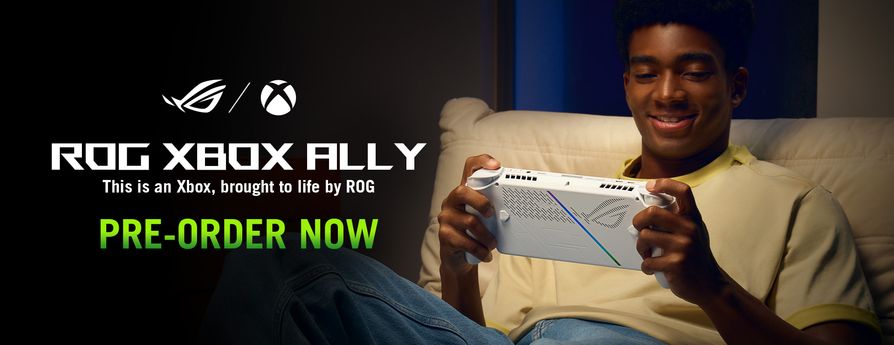
Tom’s Guide declares ROG Xbox Ally is way too expensive and makes the Steam Deck look like a bargain even before calculating mandatory subscription costs for optimal functionality. The ROG Xbox Ally disaster compounds through simple arithmetic where $999 hardware plus $360 annual Game Pass Ultimate creates entry barrier exceeding gaming PC investments while delivering inferior versatility.
The handheld’s Xbox branding suggests that Game Pass is a main selling point, but the subscription prices weaken the affordability argument that supports portable gaming. When consumers include all costs of ownership, including mandatory services, the ROG Xbox Ally failure shows a pricing strategy that is out of touch with mainstream market affordability.
Windows Central contributor states “$30 a month for Ultimate — I don’t think Game Pass is worth it anymore” Directly contradicting the handheld’s ecosystem value proposition can cause confusion. When Microsoft’s own platform advocates reject subscription pricing, this messaging failure damages ROG Xbox Ally’s marketing position, which relies on Game Pass providing enough value to justify hardware costs.
The comparison to Steam Deck becomes especially damaging when Valve’s $399-$649 hardware is paired with optional subscription-free gaming that only requires purchasing games. The ROG Xbox Ally situation results in a $350-$600 price premium before considering ongoing service costs, which Steam Deck users avoid entirely by owning their hardware outright.
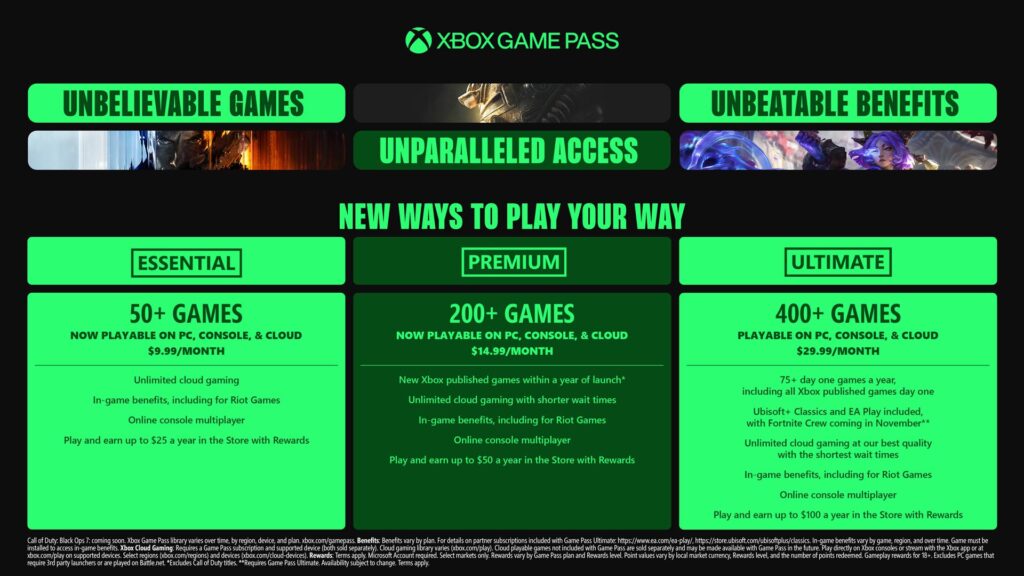
That Park Place confirms Xbox Game Pass pricing skyrockets as gamers cancel service in droves, Creating the worst possible launch environment for hardware dependent on the subscription ecosystem’s health. The timing of the ROG Xbox Ally disaster couldn’t be worse, as potential customers are actively abandoning the service that Microsoft positions as the handheld’s primary value proposition.
The wave of mass cancelations before the handheld launch destroys marketing narratives where access to the Game Pass library supposedly justifies premium hardware costs. When the target audience rejects the subscription service through a coordinated exodus, the ecosystem’s value proposition vanishes, leaving expensive hardware without compelling software differentiation.
Forbes recommends “It’s Time To Get Rid Of Your Xbox Game Pass Ultimate Subscription After Massive Price Increase” directly undermining ROG Xbox Ally’s launch messaging that assumes subscription enthusiasm. The mainstream media validation of service cancellation creates permission structure where potential handheld buyers question whether Xbox ecosystem participation justifies thousand-dollar hardware investments.
The timing of the subscription revolt shifts the ROG Xbox Ally launch from an opportunity to a liability, forcing Microsoft to defend both premium hardware prices and aggressive service fees at the same time. This dual marketing challenge causes messaging confusion, as there’s no clear value proposition that addresses both cost issues without highlighting fundamental strategic failures.
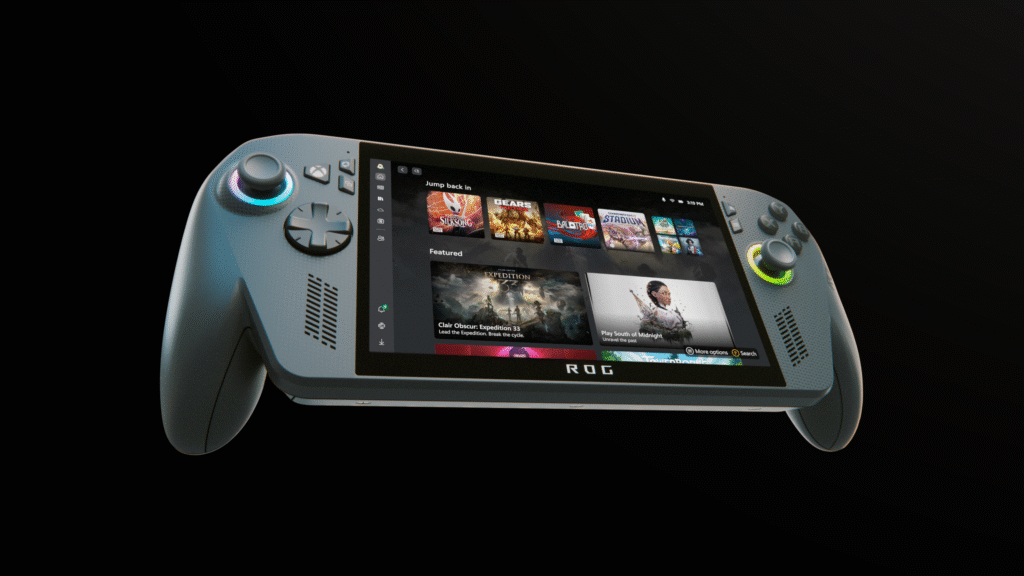
Reddit gaming community discusses Xbox Ally already selling out despite price tag Creating a false scarcity narrative that confuses limited initial inventory with genuine market demand validation. The ROG Xbox Ally disaster involves marketing manipulation where “sellout” claims may reflect conservative production runs rather than overwhelming consumer enthusiasm.
The sellout messaging benefits corporate interests by creating urgency and FOMO (fear of missing out), pressuring consumers into impulsive purchases before reviews reveal actual performance and value. When companies announce rapid inventory depletion, these claims often hide deliberately restricted supply, creating artificial scarcity instead of genuine market validation.
Early adopter purchases may belong to gaming enthusiasts willing to pay premium prices regardless of value. The ROG Xbox Ally disaster requires distinguishing between hardcore collector purchases and mainstream market viability, where casual consumers analyze cost-benefit ratios more carefully than early adopters seeking the latest technology regardless of expense.
The sellout celebration overlooks the need for sustained sales, where initial inventory depletion is less important than ongoing demand to support production continuity and ecosystem growth. When handhelds face a Game Pass subscription crisis undermining their core value, long-term viability concerns overshadow short-term sellout marketing wins.

Tom’s Guide hands-on review praises ROG Xbox Ally as “big on performance and playability” Demonstrating hardware quality while avoiding total cost of ownership analysis, including subscription requirements. The ROG Xbox Ally disaster involves a review ecosystem failure where media coverage emphasizes technical specifications over realistic consumer affordability assessments. The performance validation creates a disconnect, as positive hardware reviews overlook ecosystem costs that influence actual consumer value.
When reviewers praise device capabilities without considering mandatory subscription expenses, the coverage favors manufacturers rather than informing consumers. The focus on playability may highlight Xbox controller ergonomics and familiar interface elements that offer comfortable user experiences for existing ecosystem users. The ROG Xbox Ally disaster acknowledges these benefits but questions whether ergonomic advantages justify significant cost premiums over competitors offering similar gaming experiences with much lower total ownership costs.
The review pattern suggests early access agreements or relationship-building priorities, where media outlets avoid critical cost analyses that could harm manufacturer relationships or restrict future product access. This structural conflict results in information asymmetry, leaving consumers without a complete assessment of value from so-called independent journalism.

Windows Central provides detailed guide on how to cancel or downgrade Game Pass Ultimate subscription Following the price hike announcement, the active media ecosystem is facilitating a wave of Game Pass cancellations through practical consumer guidance. The instructional content reduces friction for subscribers seeking to terminate their service by eliminating procedural uncertainties.
The proliferation of cancellation guides indicates that gaming media recognize the price increase exceeds reasonable adjustment thresholds, warranting consumer protection through information dissemination. When publications actively assist in subscription termination rather than promoting service retention, the editorial stance reveals industry consensus about the severity of pricing exploitation.
The alternative downgrade options provide exit points for price-sensitive consumers unwilling to pay for the Ultimate tier while still maintaining some relationship with Microsoft subscriptions. These intermediate options may reduce complete subscriber loss, acknowledging that a 50% price increase cannot sustain full retention at premium tiers.
The availability of practical guidance accelerates the momentum of the Game Pass cancellation wave by removing procedural barriers where confused users might keep subscriptions due to inertia rather than satisfaction. Making information accessible turns passive frustration into active cancellations by lowering transaction costs for ending the service.
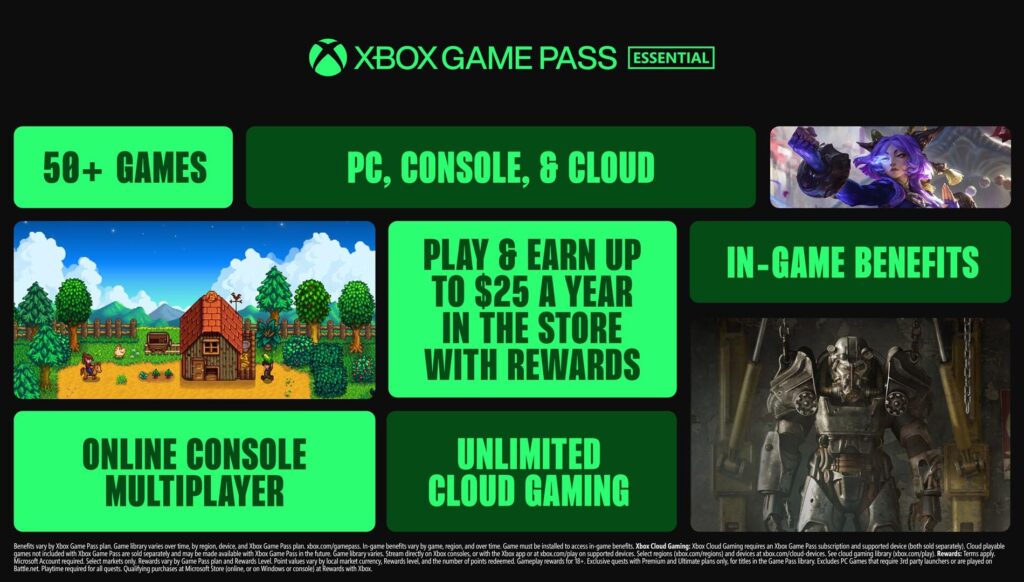
EUR Research examines rise of subscription model in video game console industry Providing academic context for business model transformation affecting ROG Xbox Ally viability. The research demonstrates a systematic industry shift from ownership to service models that fundamentally alter consumer cost structures and purchasing decision frameworks. The subscription economics create recurring revenue streams supporting ongoing platform development while shifting the financial burden from one-time hardware purchases to perpetual service payments.
The ROG Xbox Ally disaster exemplifies the tension where hardware remains expensive while services add substantial ongoing costs, creating combined investment barriers that exceed traditional gaming accessibility. The academic analysis reveals how subscription models benefit corporations through predictable revenue while disadvantaging consumers by eliminating ownership and accumulating service costs that surpass historical entertainment expenses. When handheld devices require costly subscriptions for optimal functionality, the business model contradicts the promise of portable gaming accessibility.
The industry transformation suggests ROG Xbox Ally is an experiment testing consumer tolerance for a premium hardware and expensive services model. The market response will indicate whether gaming audiences accept Netflix-style recurring costs for interactive entertainment or prefer ownership models that minimize ongoing financial obligations.

Xbox executive on Game Pass changes states “price increases are never fun for anybody” Providing corporate acknowledgment without offering solutions to address consumer affordability concerns. The ROG Xbox Ally disaster highlights leadership communication failure, where executives recognize problems but implement policies that worsen the issues they claim to understand. The “never fun” framing downplays legitimate consumer outrage by characterizing 50% price hikes as minor inconveniences instead of systematic value destruction.
When executives use dismissive language about pricing exploitation, their communication worsens consumer anger by seeming condescending toward real financial concerns. The damage control messaging shows that the company knows Game Pass pricing undercuts the broader Xbox ecosystem, including the ROG Xbox Ally launch positioning. The acknowledgment without taking corrective action suggests leadership believes market dominance allows for price increases despite consumer pushback and competitive disadvantages from aggressive monetization.
The executive comments create marketing issues for ROG Xbox Ally, where official acknowledgment of subscription pricing problems confirms consumer skepticism about the handheld’s value. When leadership admits service costs are a burden for consumers, it undermines hardware marketing messages that assume strong subscription engagement.
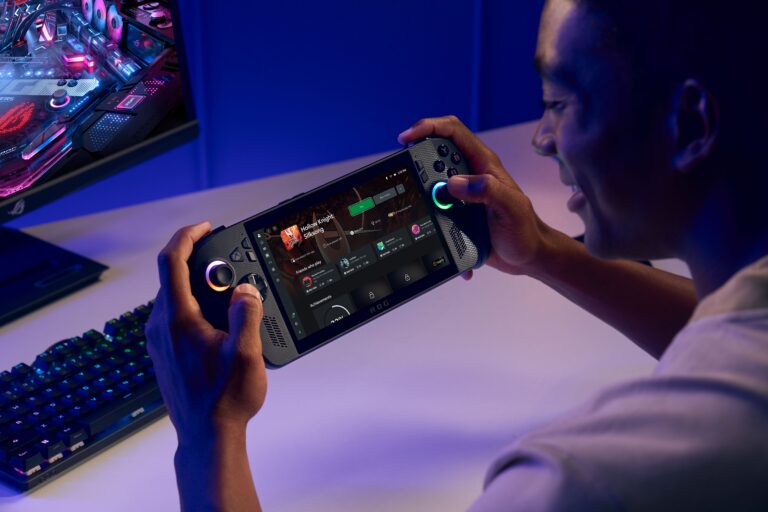
The Tech Buzz analyzes Xbox Game Pass Ultimate hitting $360/year as Microsoft shifts strategy. from user acquisition to revenue maximization, the ROG Xbox Ally disaster timing coincides with a strategic transition that prioritizes profit extraction over platform growth, contradicting handheld launch requirements for expanding the user base. The strategy shift recognizes that Game Pass growth has plateaued, with new subscriber acquisition facing diminishing returns, necessitating revenue optimization from existing users. The ROG Xbox Ally disaster occurs in an environment where Microsoft focuses on increasing ARPU (average revenue per user) rather than expanding market share, which would support new hardware adoption.
The platform economics suggest that Microsoft believes the Xbox ecosystem has matured, with growth opportunities diminishing and monetization becoming the primary objective. The strategic transition sacrifices accessibility for financial performance metrics that boost quarterly earnings but may harm long-term competitive positioning against rivals who maintain consumer-friendly pricing. The timing of the handheld launch reveals a coordination failure, with the hardware team pursuing market expansion while the subscription service team implements pricing strategies that restrict the growth needed for new devices. The ROG Xbox Ally disaster exposes organizational dysfunction, where conflicting internal priorities create strategic incoherence, undermining both hardware and service success.

The ROG Xbox Ally disaster highlights a major failure where high hardware costs collide with aggressive subscription tactics, leading to a $1,359 first-year investment that threatens its appeal in the mainstream market. The $999 handheld, combined with $360 annual Game Pass Ultimate costs, creates entry barriers that are higher than those for typical gaming PCs but offers less flexibility and lacks permanent ownership benefits.
The timing of the Game Pass exit creates an awful launch environment, as potential buyers are actively leaving the subscription service that Microsoft promotes as the handheld’s main selling point. When the target audience rejects the ecosystem through a wave of cancellations, the device’s value drops, turning it into an expensive product without compelling software options to justify its high price.
The cost analysis shows a core strategic failure, where the promise of affordable portable gaming conflicts with the reality of high hardware costs plus mandatory costly services, making the total expense mainly manageable for wealthy gaming enthusiasts. The comparison to the Steam Deck becomes even more damaging since Valve’s lower hardware costs and lack of required subscriptions make gaming more accessible through traditional game purchases.
The shift toward subscription models benefits companies with recurring revenue but disadvantages consumers by removing ownership options and increasing ongoing costs. The ROG Xbox Ally exemplifies this tension, as the promise of portable gaming clashes with a business model that demands continuous financial commitment exceeding typical entertainment spending.
Leadership’s efforts to address pricing issues often make things worse, as their policies exacerbate the problems they claim to understand. Poor communication worsens consumer frustration by dismissing genuine financial concerns as minor inconveniences instead of recognizing systematic value loss.
The strategic move from growth to profit focus shows Microsoft prioritizing revenue over platform expansion, which conflicts with the early need to grow the user base for a new handheld. Internal conflicts create strategic confusion, undermining the success of both hardware and services through misaligned timing and messaging.
Smart consumers should see the ROG Xbox Ally disaster as a warning about ecosystem lock-in, where expensive hardware combined with rising service fees leads to ongoing financial commitments. The total ownership costs reveal a pricing strategy aimed at maximizing corporate revenue instead of offering real value to consumers or making gaming more accessible.
Gamers deserve portable devices that respect their budgets, with reasonable hardware prices and optional, not mandatory, subscription services. The ROG Xbox Ally failure serves as an industry lesson: successful ecosystem strategies must align hardware and services to promote mutual growth, not work against it.
